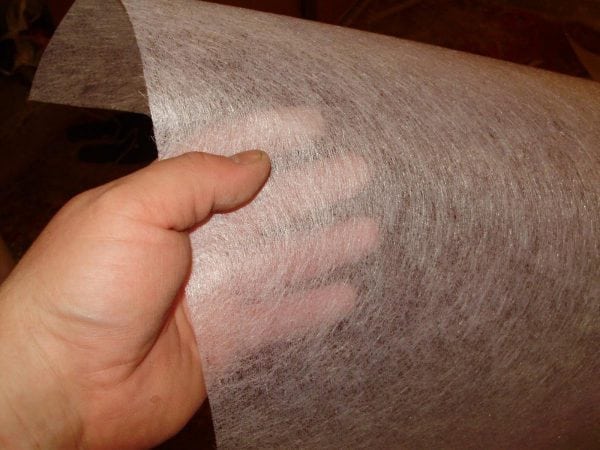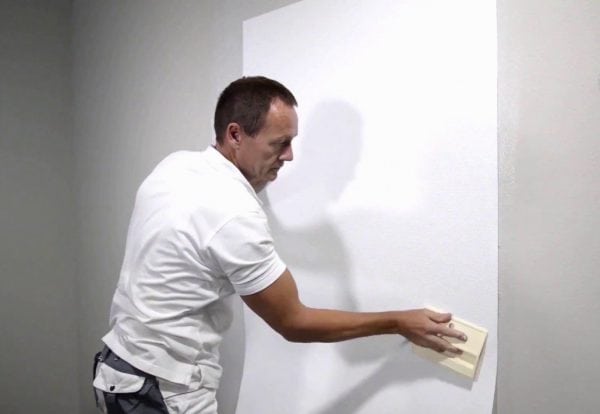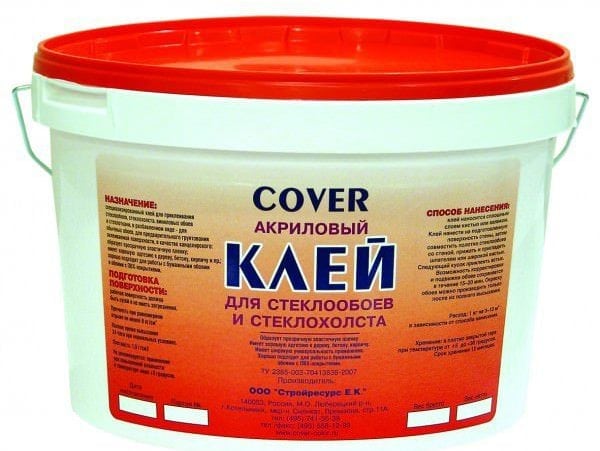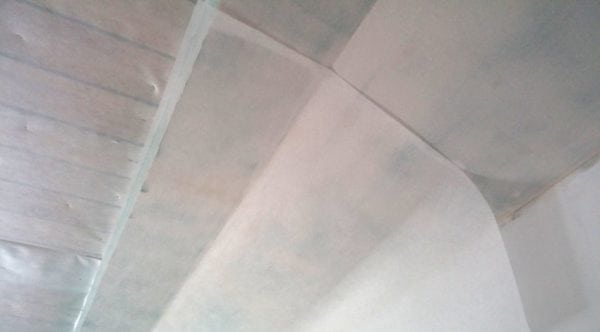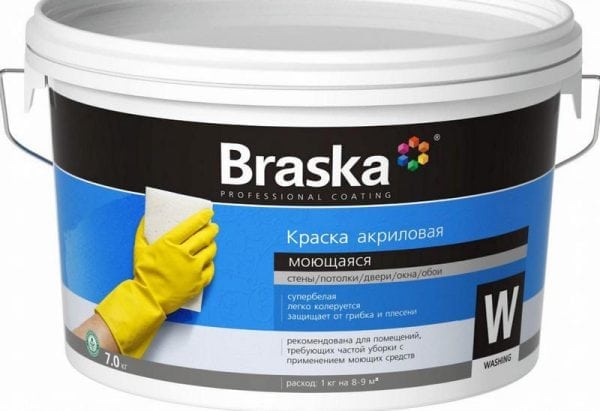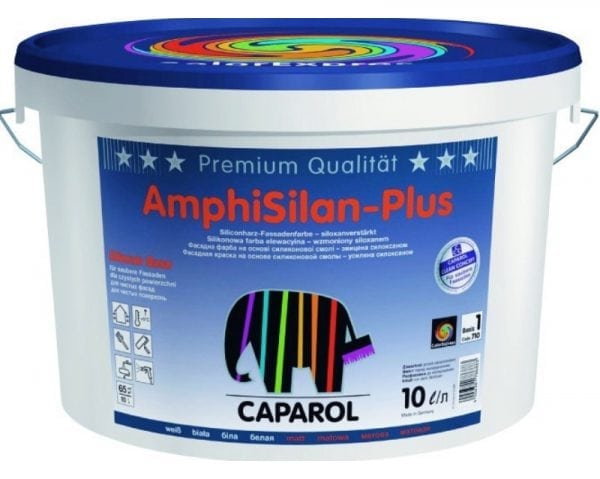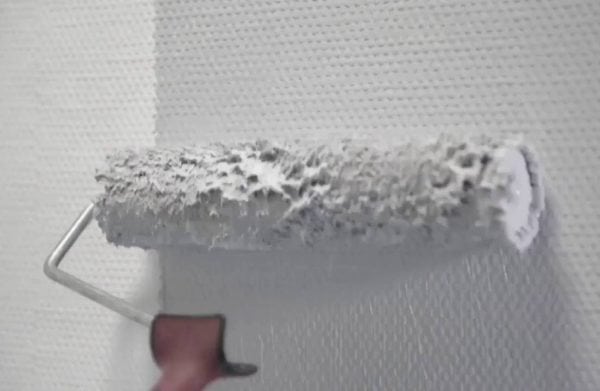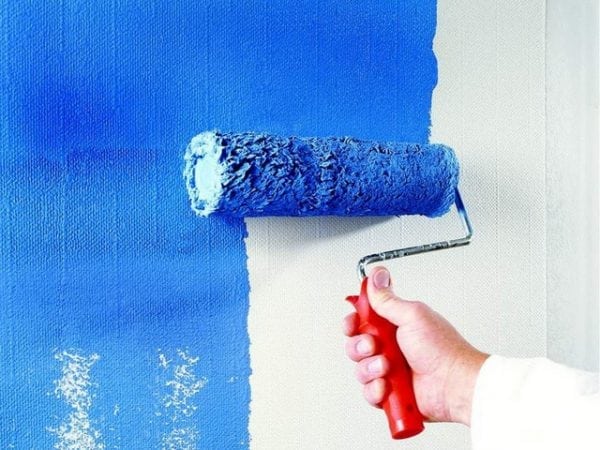If cracks appear on the ceiling or walls made of drywall, fiberglass for painting will help to cope with the problem. Surfaces after using such a material become more durable, reinforced, the risk of damage and cracking is minimal.
- Scope of fiberglass
- Material Specifications
- How to stick fiberglass for painting
- Putty-free painting
- Paint selection
- Acrylic paints
- Latex paint
- Silicone paints
- Applying paint on fiberglass
- Preparation rules
- Tools and Supplies
- Stages of painting
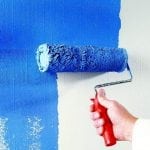
Scope of fiberglass
Painting spider web fiberglass is a cloth that consists of fiberglass and is intended for gluing different surfaces. It differs from cullet in that it is a non-woven material created by pressing. Cullets are interwoven strands of fiberglass.
In its original form, fiberglass is quite thin, crumbles, it is easy to tear, and only after gluing the base it acquires the basic properties:
- strength;
- resistance to water, chemicals, abrasion;
- fire resistance (incombustibility);
- shape preservation for many years;
- hypoallergenicity;
- ease of use;
- vapor permeability;
- does not accumulate dust, fungus, mold;
- does not emit harmful substances.
The main purpose of the material is gluing on the walls, ceiling in order to avoid the appearance of cracks or to hide them. Such defects can appear when improper use of plasters, in violation of the technology of painting and puttying. Especially often the area of joints between the plates, which was poorly sealed, cracks. The use of fiberglass can eliminate all defects with minimal effort and cost.
to contents ↑When choosing what to buy - non-woven or fiberglass, one must remember: non-woven canvas is ordinary paper, it is not resistant to mold, combustible, it becomes unusable faster.
Material Specifications
To obtain an excellent result, only high quality material should be purchased. It should have optimal density. It is in the range of 25-50 g / sq. m. For walls, it is better to buy material with a density of 45-55 g / sq. m. Such a canvas perfectly seals all the bumps and places of cracking. Typically, the material is sold in rolls of 50 m, a meter wide, but there are shorter rolls.
For the ceiling, they take a thinner fiberglass - 25-40 g / sq. m. It can be glued to a plasterboard ceiling or walls at a temperature of + 10 ... + 25 degrees, but usually this happens at room temperature. Permissible air humidity is up to 60%. When buying, you should immediately purchase additional consumables for gluing fiberglass:
- special glue;
- putty knife;
- construction knife.
How to stick fiberglass for painting
Before sticking the material, it is necessary to clarify safety precautions. The coating crumbles easily, the pieces are able to penetrate the respiratory system. They also irritate the skin, so work is carried out only with personal protective equipment. Need to prepare gloves, a respirator, durable protective clothing, goggles. It is also important to exclude the presence of drafts, sun exposure, nearby heat sources.
How to glue fiberglass on the walls or ceiling? The correct procedure is as follows:
- Align the walls (ceiling), putty, carefully seal the joints.
- Be sure to apply a layer of soil with deep penetration on the putty.
- Lay the material on the floor, cut off the strip with a 10 cm allowance.
- Lubricate the wall or ceiling with a little more than the cut width.
- Glue the canvas, pressing it with a roller, spatula. You should start from the corner located at the window.
- Lubricate the second part of the zone with glue, then glue the sheet with an overlap. Pile on fiberglass should look one way, otherwise the coating after staining will look ugly.
- Using a knife, remove all excess parts of the canvas from the edges, cut through the necessary holes.
- From above, make a final layer of glue directly on the material until a uniform color is achieved.
- Do not open windows, doors in the room until the glue has completely dried.
Putty-free painting
Many people are interested in whether it is necessary to putty a fiberglass before painting it. Indeed, there is a technology for painting material without putty. They do painting work immediately after the surface has completely dried from the glue. No foundation preparation will be needed.
And yet, experienced craftsmen always putty on fiberglass, because without this stage, any joints, irregularities, seams will be clearly visible. Only a layer of putty can completely hide defects in the walls or ceiling. The room will have a more beautiful view. Therefore, it is necessary to decide whether to putty before painting, independently. It is important to remember that the quality will be much better with putty.
to contents ↑Paint selection
Fiberglass can be painted with materials that are suitable for glass. Water-dispersion-based paints are best suited for this purpose; they do not affect the performance of the base material. Such paints do not have an unpleasant odor, are harmless to humans. It contains only environmentally friendly components (polymers, water, targeted additives). There are several types of water based paints, they are described below.
to contents ↑Acrylic paints
Such paints are the most popular, they have many advantages. Easy application and quick drying coupled with a low price are the main advantages. Paints can be applied to fiberglass or wallpaper, the coating will be resistant to abrasion, water. Materials perfectly adhere to the surface, give a beautiful decorative look. Most brands of paint are sold in white, they can be tinted in absolutely any shade.
to contents ↑Latex paint
Such materials have a higher cost. These are water-dispersion-based enamels, without chemicals, harmless and suitable even for children's rooms. The composition has natural latex, which makes the coating more resistant to water.
to contents ↑Surfaces with latex paints can be periodically washed or wiped with a damp cloth. This material is very economical and allows you to get a durable result. If acrylic materials give a matte film, then latex - matte, semi-gloss, glossy.
Silicone paints
Enamels with silicone in the composition do not get dirty, this is their important advantage. There are no aggressive chemical components either, therefore the material is completely safe. Silicone paints can last up to 25 years without losing their external gloss, but their cost is the highest among water-dispersion compositions. The material is waterproof, vapor permeable, heat resistant, not susceptible to mold, mildew, ultraviolet.
to contents ↑Applying paint on fiberglass
In order to properly paint fiberglass, you need to familiarize yourself with the preparation methods, purchase the necessary tools and “consumables”, and then proceed with the painting work.
Preparation rules
To make the painted fiberglass look perfect, it must be puttied. This will completely smooth the joints, bumps. Putty is applied in 2-3 layers, the amount depends on the type of material and the quality of the substrate. The thickness of the layers should not be large, a millimeter is enough. The ceiling is putty in no more than 2 layers. Finishing material with fine texture and perfect whiteness comes last.
After puttying, grinding the base. They make the procedure with a fine sandpaper, which will eliminate small pits, craters, bulges, and sticky debris. At the end of the work, they check the surface quality using a flashlight - this will reveal subtle defects. To finish the preparatory phase, a primer coat should be applied.
to contents ↑Tools and Supplies
For painting, you will need a tray for paint, a roller and a brush for tinting corners and inaccessible areas. Instead of a roller on large areas, it is convenient to use a spray gun. You should also purchase adhesive tape for pasting doors, windows, edges of wallpaper (so as not to stain them). It is desirable to cover the floor with cellophane.
Stages of painting
Even a beginner can perform staining, there are no difficulties in the work. Paints are applied only on even surfaces, previously primed. This will improve the adhesion of the paint to the base material. After pasting the edges of the windows, doors with masking tape, they begin to work. Its stages are as follows:
- mix the material well, which is especially carefully done if color is added to it;
- pour a small amount of paint into the roller tray;
- moisten the roller in the paint, squeeze so that it does not leave drips;
- perform coloring from top to bottom, making smooth beautiful strokes;
- when the first coat dries, it is advisable to apply another one - this will make the coating better and more durable;
- Then gently tint the corners on the walls and ceiling with a brush.
If you have to paint heating or water pipes in parallel, special anti-corrosion compounds are used for this purpose. Performing all the successive stages of work will allow you to achieve the perfect decorative coating, serving for many years.

